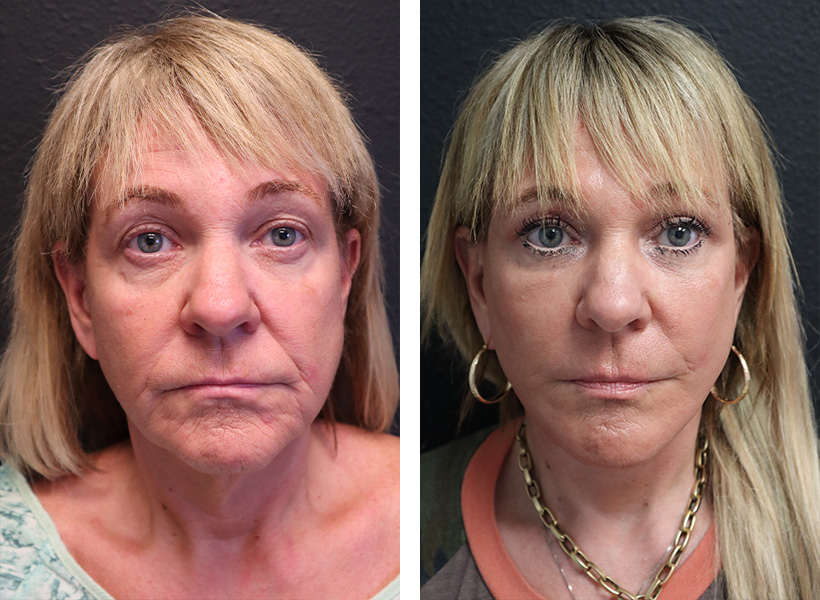A facelift can take years off your face, slow down further aging, and boost your self-esteem. If you are in good health, have realistic surgical expectations, and wish to improve signs of facial aging, you may be a facelift candidate. Dr. Sessa will evaluate your skin during a private consultation to determine if this is the right treatment for you. If he does not feel that a facelift is the best option for you, he will suggest alternative procedures that may be more appropriate for your needs.
Benefits of a Facelift Sarasota
As we age, our skin loses elasticity and collagen levels begin to drop, causing wrinkles to appear and the facial contours to change. A facelift surgery procedure helps to reverse the effects of gravity and restores the face’s youthful beauty. There are many potential benefits associated with facelift surgery. The procedure often:
- Increases patients’ confidence
- Improves patients’ self-image
- Creates a more youthful appearance
- Lifts sagging skin on the face and chin
- Removes excess, loose skin
- Restores contours
- Tightens muscles and underlying facial structure
- Creates comprehensive facial rejuvenation
- Smooths cheeks and lower eyelids
- Provides long-lasting results










